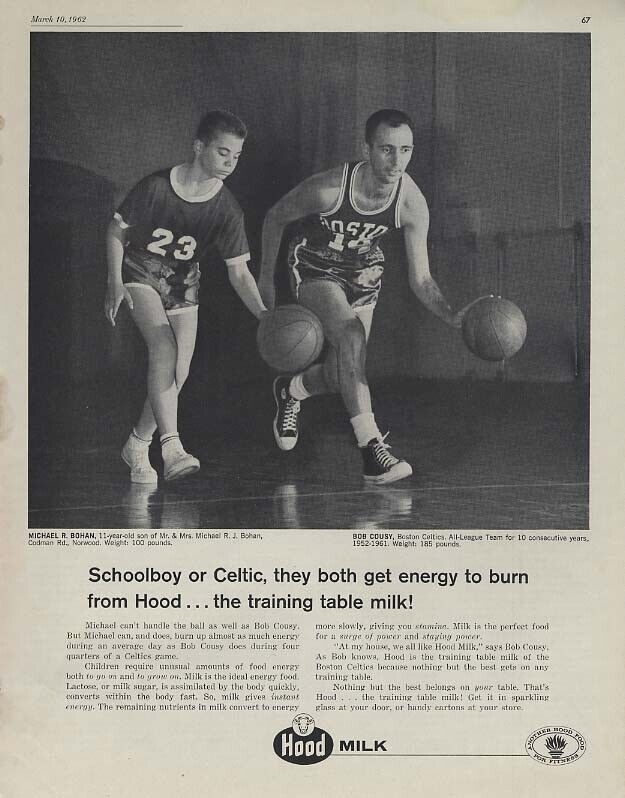You can grab a 1990 Score baseball factory set for under $10, but the 25-card McDonald’s version? With only 4,000 reportedly made (vs. who knows how many millions of base cards), it commands 40x the price!
I have to acknowledge that I only recently discovered the existence of this set after looking back through the May 1992 issue of Sports Collector Digest’s Sports Card Price Guide Monthly and skimming Jeff Kurowski’s hobby commentary.

However, while Kurowski wrote that the cards were only available in Boise, Idaho, The Standard Catalog wrote that they were also available in eastern Oregon:
This 25-card set was released exclusively at 11 McDonald’s restaurants in Idaho and eastern Oregon. Four cards were given with a large fries-soda purchase. Production was reported at 4,000 each. The cards have front borders of graduated purple shades around a game-action photo. Backs are similar in format to regular 1990 Score cards and include a portrait photo. The McDonald’s logo appears on front and back. Fifteen World Series trivia cards were part of the promotion.
BaseballCardPedia adds that the cards were only available for about three weeks in the spring of 1990. Others have presumed these cards were part of a trial pulled by McDonald’s before being implemented nationwide.
Here’s an example of a 1990 Score McDonald’s card, Ricker Henderson’s, #5, graded Gem Mt 10 from PSA that sold for $313 back in October 2016 by PWCC (now Fanatics Collect).

As I said, the sets are pricey; this ungraded example was sold on eBay for $489 on December 9, 2024.

This example, with all of the trivia cards, sold on eBay for $525 on September 28, 2024.

I haven’t been able to track down any sales of complete graded sets, but there are a handful out there, including four active ones in the PSA Set Registry; PSA has graded 680 cards across the set (as of mid-December 2024), so more are possible.
I suspect we may see a few more PSA or SGC-graded examples pop up; back in November 2024, a collector offered dozens of them on a Facebook group before mentioning he would move them to eBay later (some were already graded).

And here’s an example of the 4-card wrapper.

In late 2021/early 2022, a collector picked up a handful of packs on eBay, so there are a handful of unopened packs floating around, though I haven’t seen a graded one, which would potentially be a four-figure collectible!

Not so junky junk-wax, huh?
Check out The Unopened Archive for more!

































